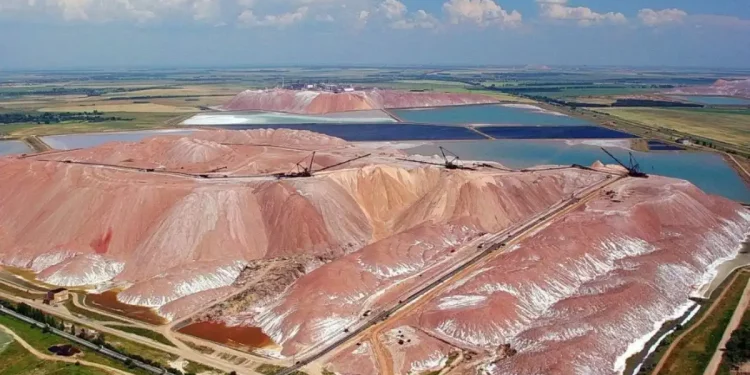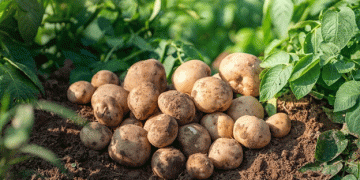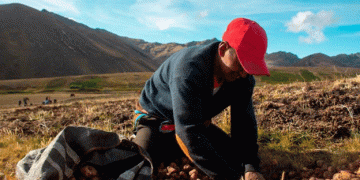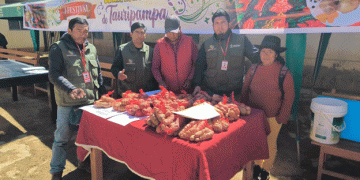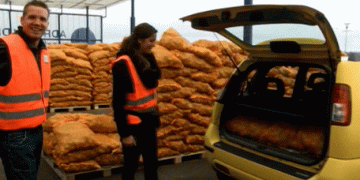In the process of extraction and processing of potassium salts, solid halite wastes are formed, which are stored in salt dumps. They are located next to the mining and processing enterprises. Pollutants from waste migrate into the environment, causing salinization of natural water bodies and soils. Researchers from the Perm Polytechnic University have proposed a method that will reduce the negative consequences and improve the environmental situation. The results of laboratory experiments made it possible to substantiate effective solutions for restoring the ecological state of the territories.
The data of the first review studies were published by ecologists in the collection of materials of the All-Russian scientific and practical conference with international participation “Chemistry. Ecology. Urbanism” (2022). The study was carried out with the financial support of the Russian Ministry of Education and Science.
More than 80% of the world’s reserves of potassium salts and about 70% of the production of fertilizers based on them are located in Russia, Belarus and Canada. The largest deposits are also located in Germany and France. According to scientists, production waste reaches 70% of the extracted rock. These include solid halite wastes containing 92–95% sodium chloride, and liquid clay-salt sludges, which include soluble and insoluble components. The amount of solid waste at potash enterprises in the Perm Territory is more than 270 million tons, and liquid – over 30 million m3.
“Salt dumps are embankments from 100 to 130 meters high. Solid halite waste contains sodium chloride, halite, dolomite, gypsum and other impurities. Due to the high slope angles of the dumps and the active dissolution of salts under the conditions of the flushing regime, pollutants enter the soil, surface and groundwater. This can cause such consequences as water salinization, changes in the physical and chemical properties of soils, dusting, and the formation of new biocenoses that are not typical for this territory. The higher the content of pollutants in the “body” of the salt dump, the more intense the processes of disturbance of natural ecosystems. The storage of waste on the surface of the earth leads to a violation of the relief and biogeochemical processes in the soil and vegetation cover, a change in the chemical composition of surface and groundwater.
Larisa Rudakova – Project Manager, Head of the Environmental Protection Department of the Perm Polytechnic University, Doctor of Technical Sciences, Professor
Ecologists of the Perm Polytechnic University with colleagues from ENI PSNIU studied the impact of waste from the Verkhnekamsk potassium-magnesium salt deposit on the environment. They proposed to reduce effluent filtration in salt dumps. The method was based on previously known technologies, which scientists have improved taking into account the characteristics of waste and regional conditions. On the surface of the salt dump, the researchers proposed to carry out reclamation: level its slope, create a protective screen of clay and place a soil and vegetation cover on it.
“We conducted a laboratory experiment and simulated the conditions of reclamation in containers, placing in them the substance of a salt dump, various layers of clay as a protective screen, and samples of zonal soils. Then the grass mixture resistant to the adverse environment was planted. We increased the number of seeds by 2 times, compared with the recommendations for reclamation. Further, their height, weight and redox activity were monitored for 21 days and compared with plants grown on soils without salt dump material and clay screen. As a result, we were able to find that when the protective layer of clay was reduced, the characteristics of plants deteriorated. Under these conditions, they experienced oxidative stress, which indicates the toxicity of the environment and changes in the composition of the protective layer.”
Anna Perevoshchikova – researcher, master student of the Department of Environmental Protection, Perm Polytechnic University
The experiment allowed scientists to determine in laboratory conditions the optimal thickness of the clay layer, soil and grass mixture for the reclamation of the salt dump. The future plans of ecologists are to conduct pilot tests.
